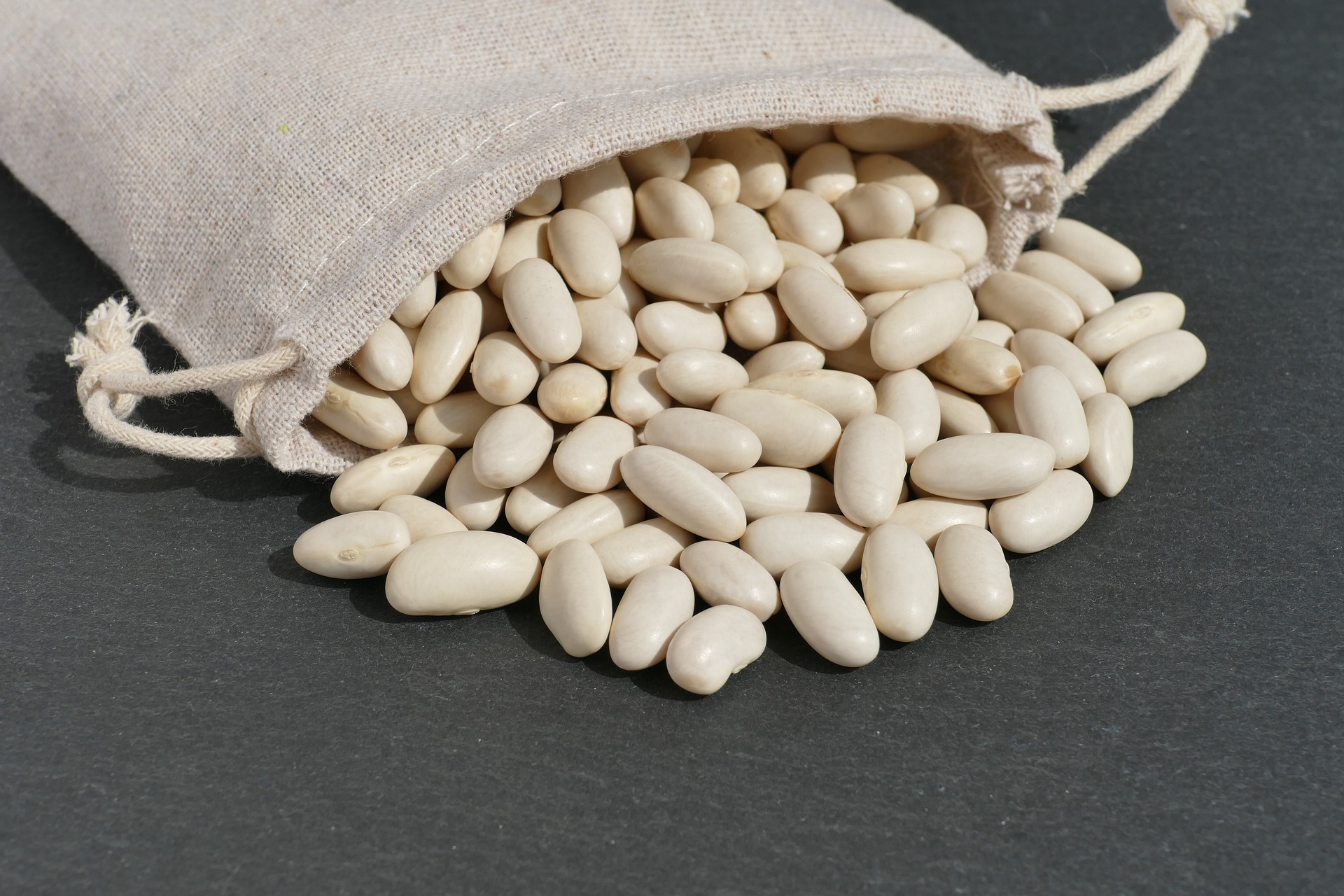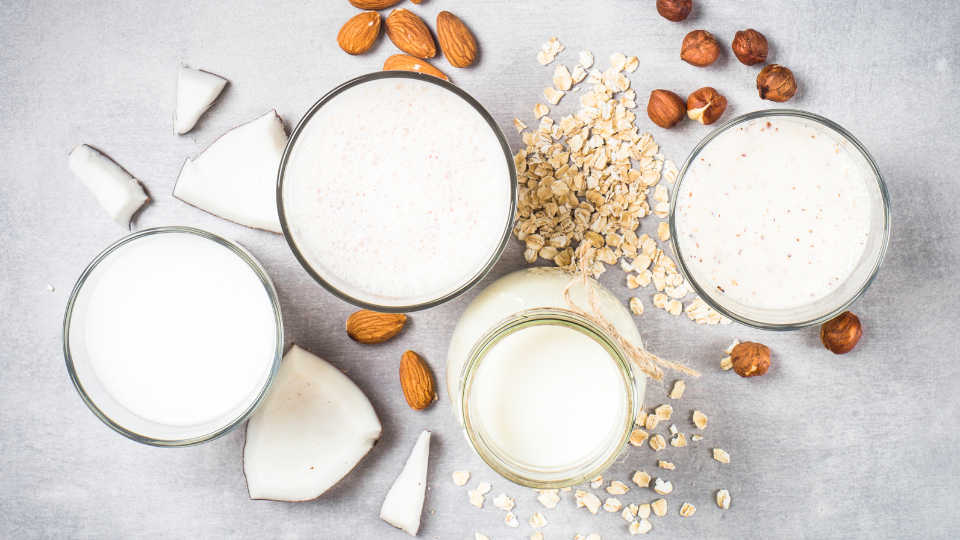Fruit and Vegetable Guide Series: Corn

Utah Local Fresh Season: July to September
Availability: Corn is available from mid-July through September. It is at its peak (best flavor and price) in August and September.
Eating: Corn is a versatile vegetable. Try using it in some of these ways:
- Sprinkle on a Mexican pizza with olives, tomatoes, green chilies, cheese and Mexican spices like cumin, jalapenos or hot peppers.
- Toss some into a taco salad, which you can make by crunching up some tortilla chips, adding lettuce, cheese, beans of any kind, and salsa.
- Add to fried rice with some soy sauce and other vegetables such as peppers, peas, and carrots, and some toasted almonds.
- Add to a holiday stuffing, either one that comes in the box or make a cornbread stuffing and add corn.
- Add to any garden or chef’s salad.
- Add to soups or stews such as chicken noodle soup, chili, beef stew.
Selecting: There are hundreds of varieties of sweet corn. Most varieties have yellow kernels. White or bicolor (white and yellow kernels) corn is also available. When selecting corn, look for green husks that are tight and fresh looking. Pull the husk open to make sure that the ear contains tightly packed rows of plump kernels. If you pinch a kernel of corn, milky juice should spurt out.
- Variety - Corn may be purchased fresh on the cob, canned, frozen, or dehydrated. For less salt/sodium choose fresh, frozen, or canned corn with the words “with no salt added” on the label.
Cleaning and Preparing: To “shuck” the corn (remove the green leaves), pull husks down the ear and snap off the stem and husks at the base. To remove the silk, (the fine hair-like strands under the husk), hold the ear of corn under cold running water and rub it with a stiff vegetable brush, damp paper towel, or new toothbrush. Discard the husk and silk in the trash.
To cut whole kernels from the cob, hold the ear of corn vertically, resting the stem on a cutting board or plate and slide a sharp knife down the length of the cob to slice off the kernels. For cream style corn, slit each row of kernels with a sharp knife. Run the back of the knife down the length of the cob. This squeezes out the pulp and juice and leaves the skins of the kernels on the cob.
Storing: For best quality and flavor, harvest and use corn immediately. Sweet corn can be stored for several days if it is refrigerated. Do not husk the corn until ready for use.
Cooking: Corn should be cooked as soon as possible after picking, otherwise the sugars will turn to starch and the corn will not be as sweet.
- Boiling - Put husked ears of corn into a pot of boiling water. Do not add salt. Cover the pot and let the water return to a boil. Turn off the heat and let stand for 5 minutes. Corn can stay in the hot water for up to 10 minutes. Serve with butter, salt, and pepper.
- Microwaving - Wrap one or two ears of husked corn in waxed paper or place several ears in a covered microwavable dish with 2 to 3 tablespoons of water. Cooking time for wrapped ears is 3 to 6 minutes. Cooking time for corn in a dish is 5 to 7 minutes.
- Steaming - Arrange corn on steaming rack. Place rack in steamer over 1 inch of water. Bring water to boil. Cover and steam for 10 minutes or until corn is tender crisp.
- Roasting - Pull back the husks to remove the silk. Replace the husks and tie them with kitchen string. Soak the corn in cold water for 5 minutes. If the corn is already husked, wrap each ear in foil. Place corn on the grill and cook, turning occasionally, until the husks are charred on all sides. Cook 15 to 20 minutes. To cook corn in the coals of a fire, wrap each ear in foil and bury the ears in the coals. Cook 15 to 20 minutes. To oven roast the corn, place the ears in a 375°F oven and cook 20 to 30 minutes.
Nutrition Highlights: Corn provides fiber, folate, thiamin, phosphorus, vitamin C, and magnesium. It is low in saturated fat and very low in cholesterol and sodium.
Growing: Corn prefers full sun and well drained, fertile soil. Harvest corn when husks are moist and green, and silks are dry and brown.
Preserving: Corn may be canned and frozen to preserve it for future use. Visit the National Center for Home Food Preservation web site, http://nchfp.uga.edu/, for instructions.
Guide Editors: Heidi LeBlanc and Debra Christofferson
Additional Editors: Marie Stosich, Gayla M. Johnson, Eileen Milligan
References
- Drost, D. (2010). Sweet corn in the garden. Retrieved April 11, 2012, from https://extension.usu.edu/yardandgarden/research/sweet-corn-in-the-garden#:~:text=Sweet%20corn%20prefers%20full%20sun,inches%20apart%20in%20the%20row.
- https://www.mayoclinichealthsystem.org/hometown-health/speaking-of-health/corn-a-versatile-nutrition-choice
Authors
Ann Henderson, Extension Professor
*This publication is a part of a series created by Create Better Health and Utah State Extension Employees. It has been reviewed and updated to include current evidence-based research and recommendations.
Related Nutrition Articles






